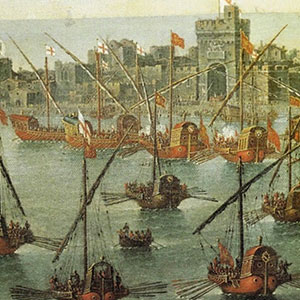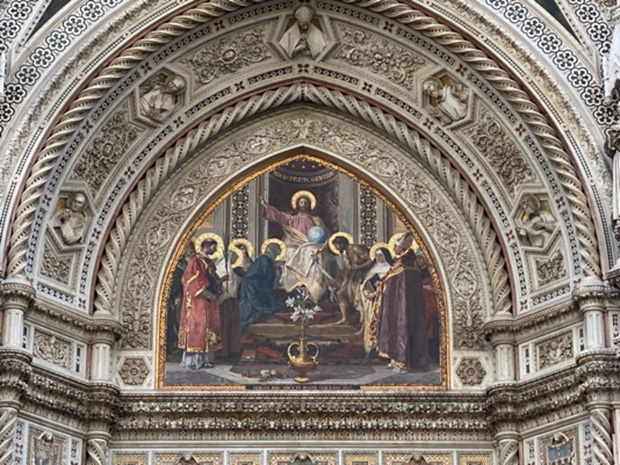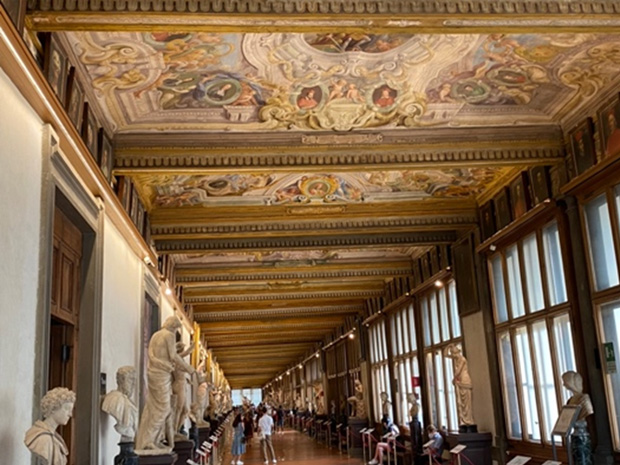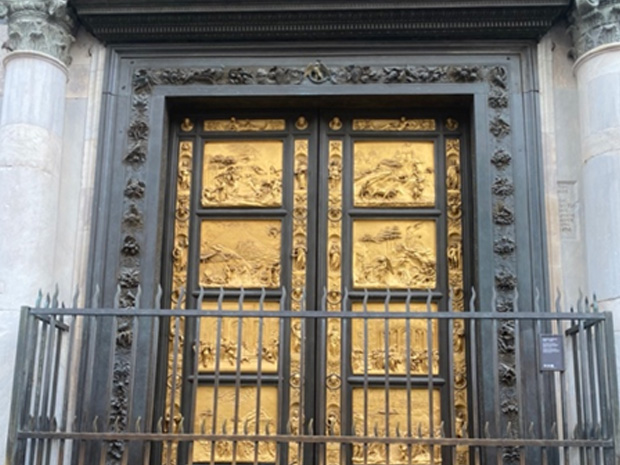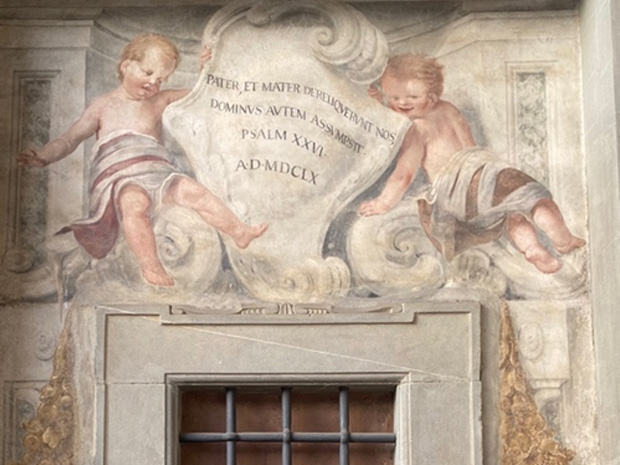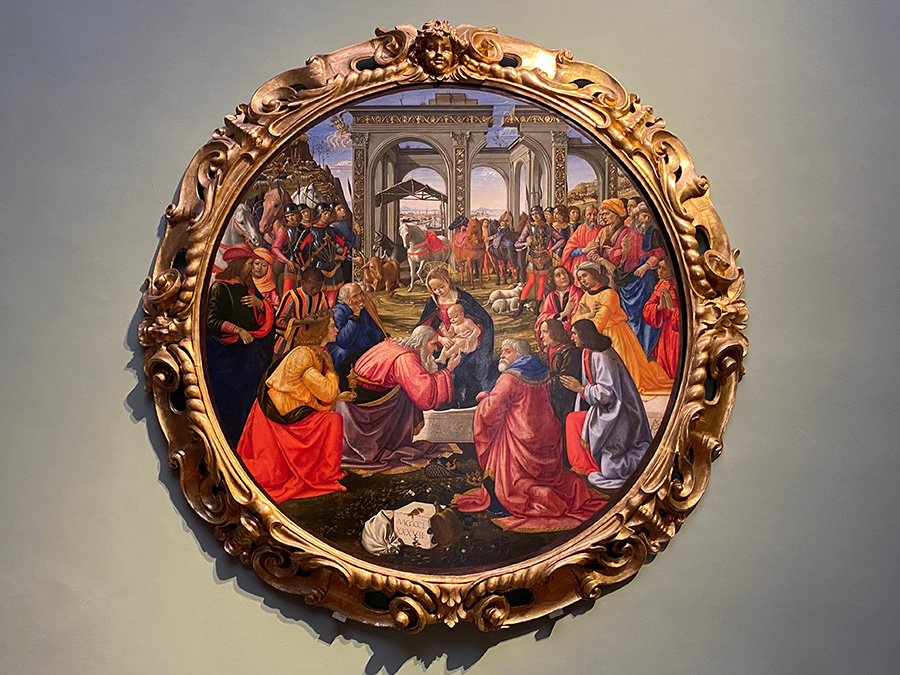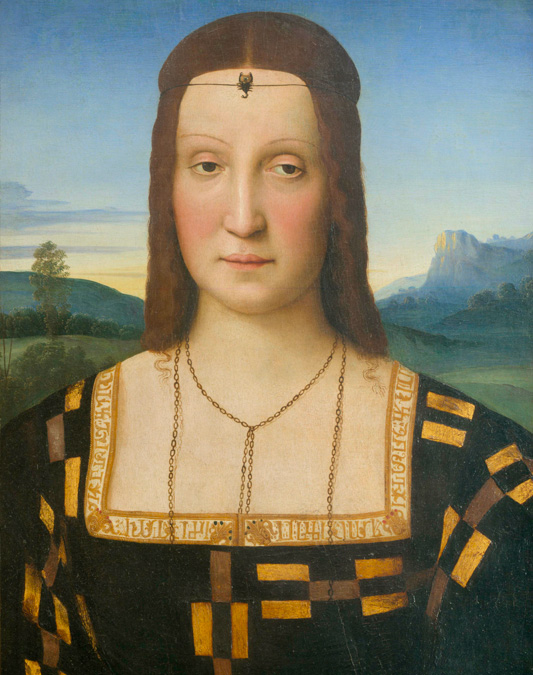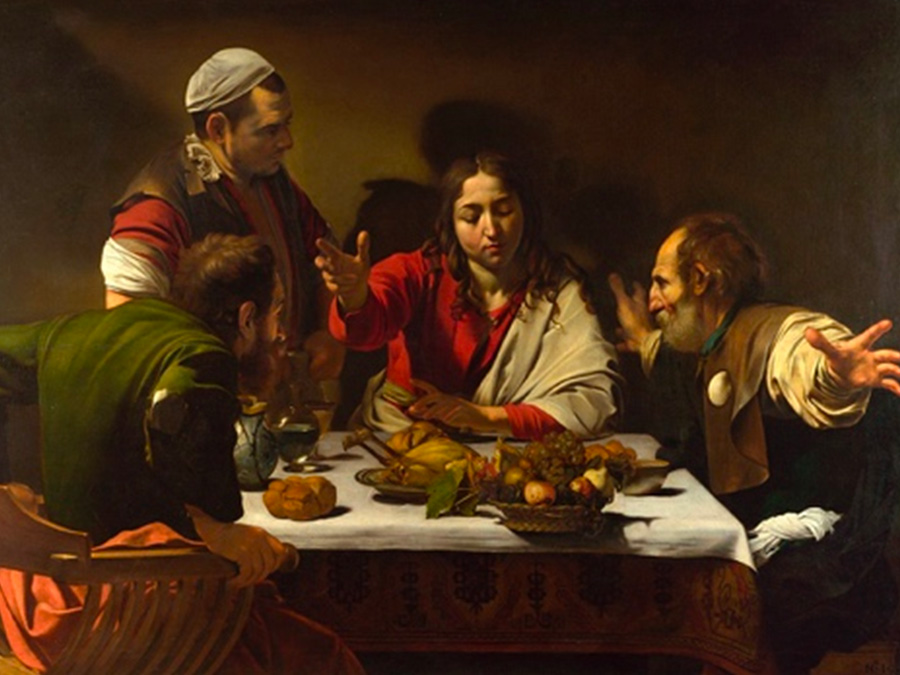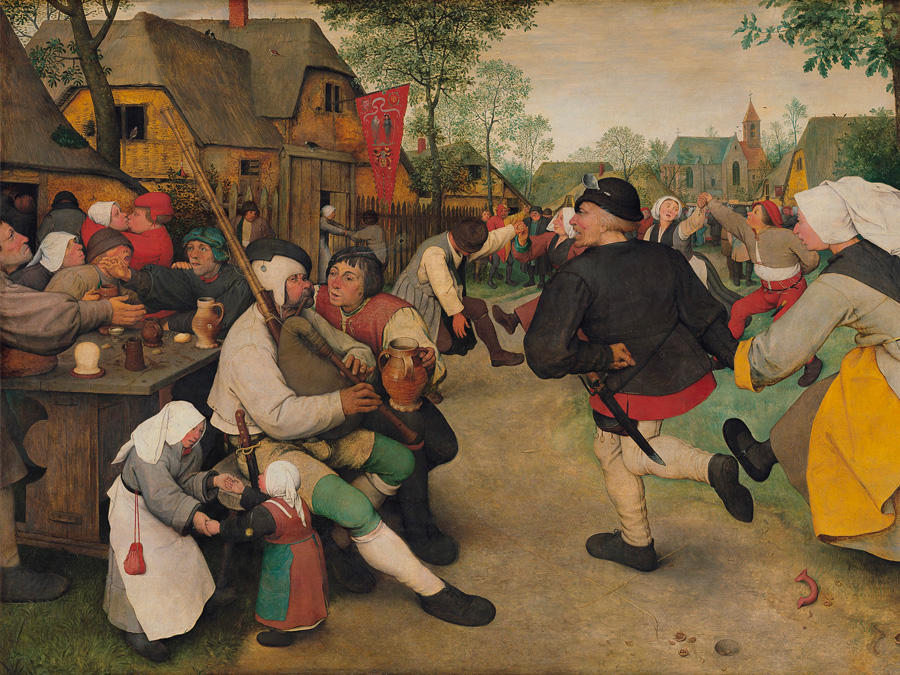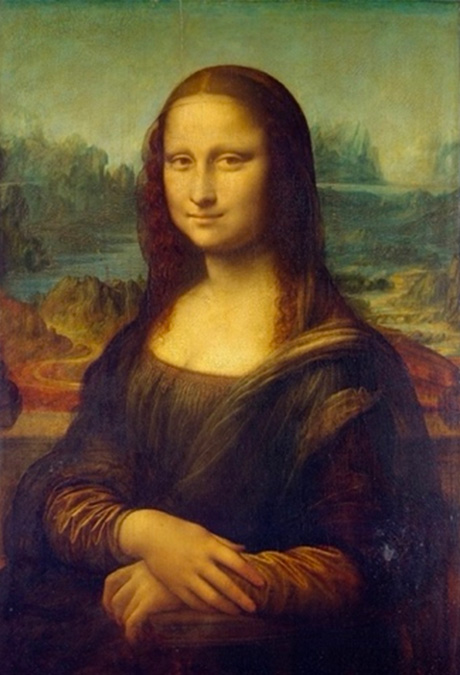Activity 8
What are the unique characteristics of Renaissance art?
If you are ever lucky enough to walk the streets of Florence you will find art on every corner – in the facades of buildings like the Cathedral, in the Uffizi Art Gallery, in Lorenzo Ghiberti's Gates of Paradise of the Florence Baptistery and even the Hospital of the Innocents.
Renaissance art saw a gradual shift from the abstract forms of the medieval period to the more realistic representations of people and events of the 15th century. Subjects grew from mostly biblical themes to include portraits, episodes from Classical religion, portrayals of nature, realistic anatomical representations and events from everyday life.
There were many unique characteristics of Renaissance art. Here are ten:
- Perspective and depth – objects in the distance are made smaller
- Use of shadows and light – used to create dramatic effects
- Emotive engagement – used to generate feelings in the viewer
- Humanism – depicting life as it was lived at the time
- Realism – used to depict how different people lived at the time
- Anatomy – true depictions of the human body
- Nature – used to show elements of rural and urban environments
- Religious themes – depicting biblical scenes and classical events
- Individualism – the increasing use of portraiture
- Social status – works commissioned to denote social and economic success.
Look carefully at the following artworks and select the dominant characteristics that you see in each.
The Peasant Dance is an oil-on-panel by Flemish renaissance artist Pieter Bruegel the Elder, painted in c. 1569
Leonardo da Vinci, Portrait of Lisa Gherardini (known as the Mona Lisa), c. 1503–19, (Musée du Louvre, Paris)
Your Task
Answer the questions below on screen or in this Word Doc to save your answers.

